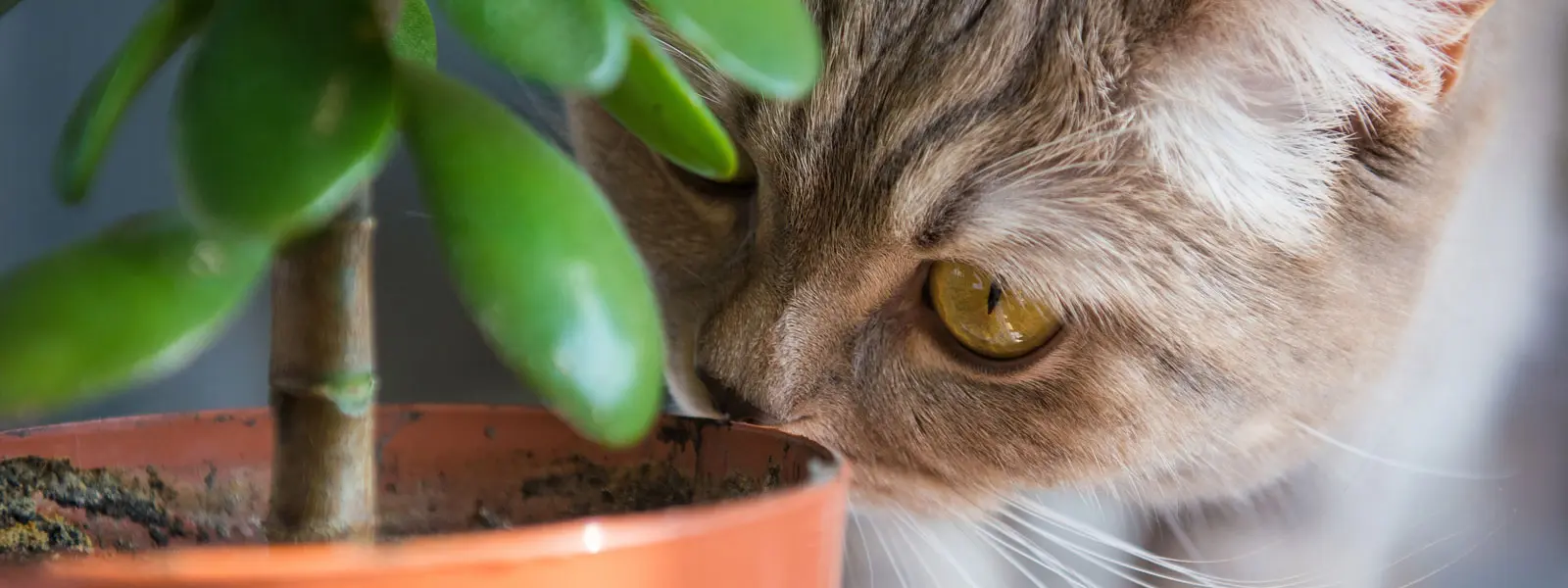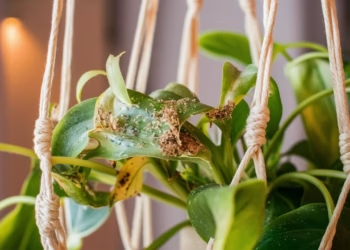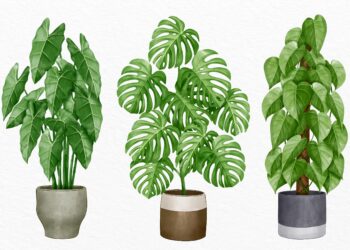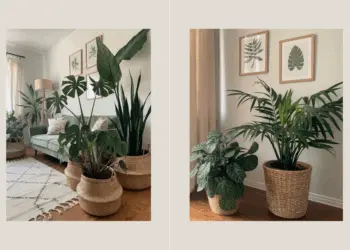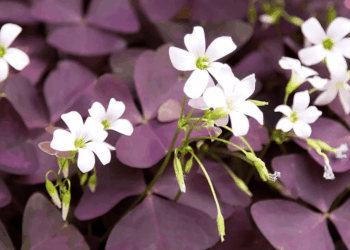Are you a plant enthusiast who also happens to adore cats? If so, you’re likely aware of the challenge of creating a home garden that’s both lush and safe for your feline companions. Cats are curious creatures, prone to investigating every nook and cranny of their surroundings, including your indoor flora. Unfortunately, many common household plants can be toxic to cats if ingested, posing a serious risk to their health and well-being. But fear not! In this article, we’ll explore 15 plants poisonous for cats and suggest safe alternatives for each one, ensuring your indoor garden remains a feline-friendly oasis.
Table Of Contents
Aloe Vera
Toxic Plant: Aloe Vera
Safe Alternative: Spider Plant
Aloe Vera, known for its soothing properties, can cause vomiting and diarrhea in cats if consumed. Swap it out for a Spider Plant, which is non-toxic and equally easy to care for. Plus, Spider Plants are excellent air purifiers!
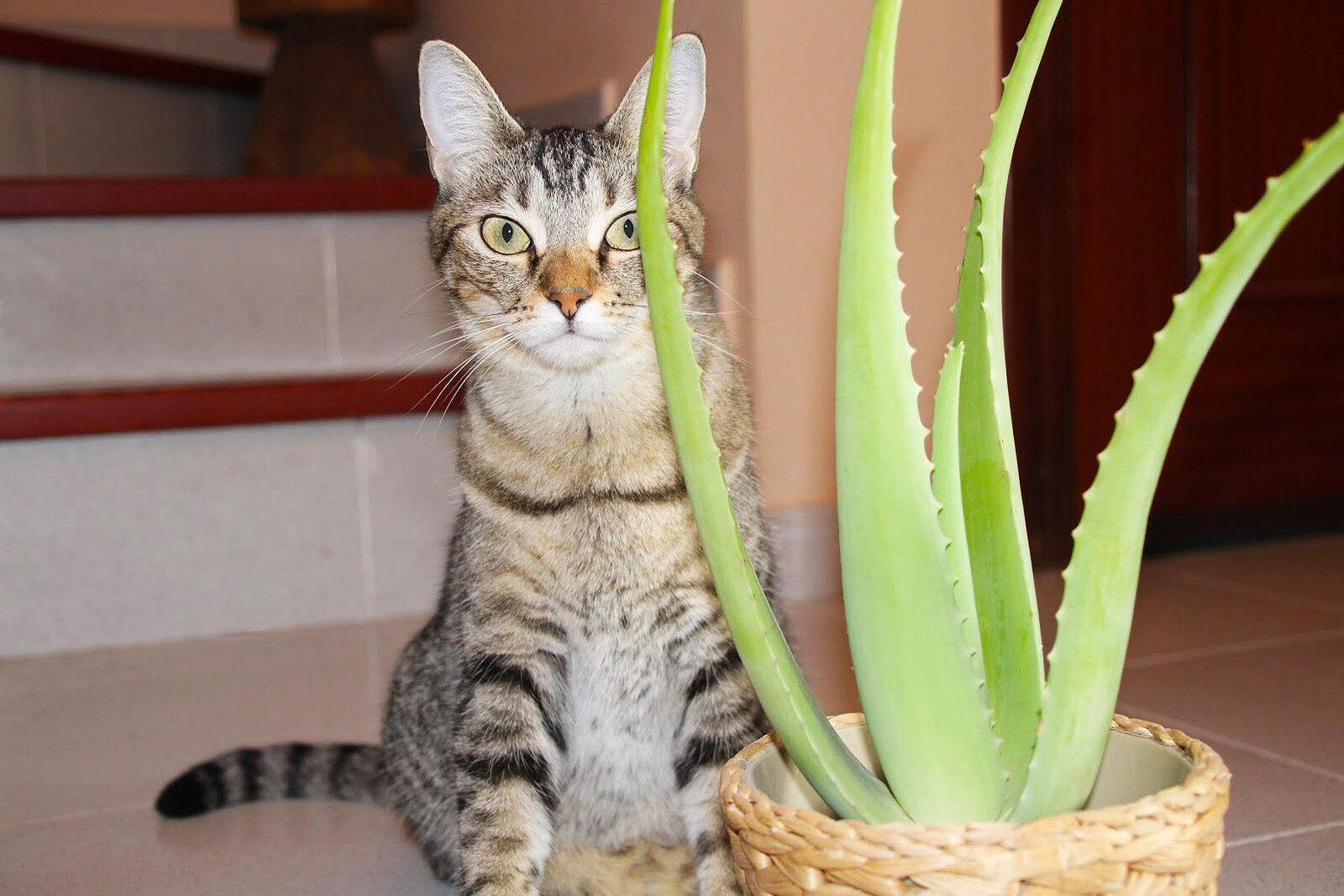
Autumn Crocus
Toxic Plant: Autumn crocus
Safe Alternative: Areca Palm
The autumn crocus, with its delicate blooms, belies its toxic potential, containing the alkaloid colchicine, a potent agent of harm to feline companions. Ingestion of any part of this plant can lead to gastrointestinal symptoms, respiratory distress, and profound organ damage. Given the severity of its toxicity, swift action is imperative upon suspicion of ingestion, with immediate veterinary care offering the best chance of a favorable outcome.
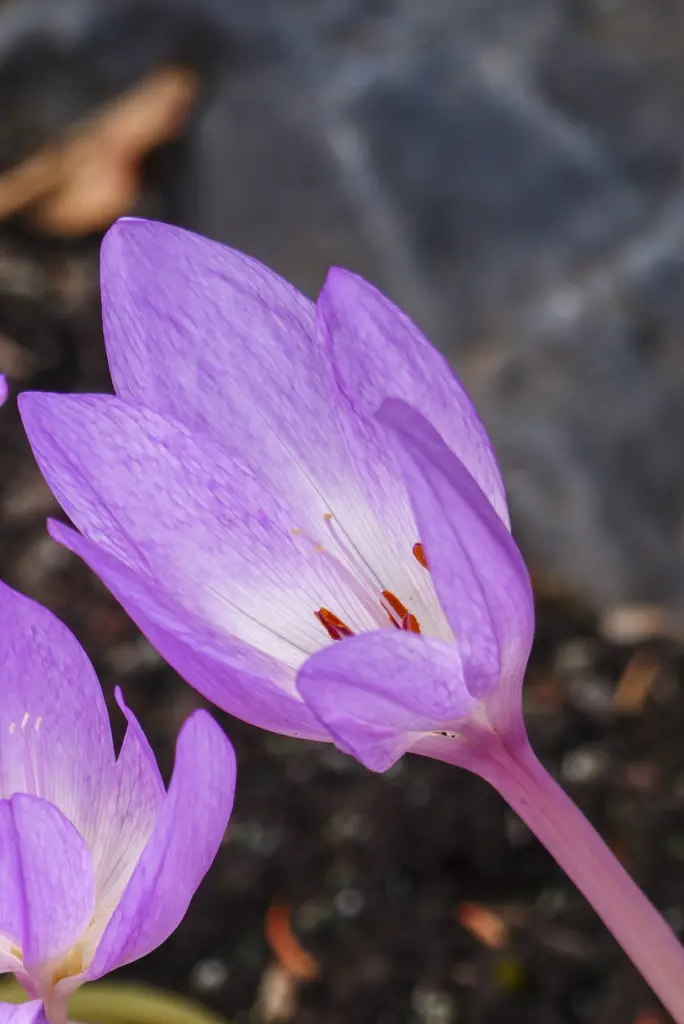
Lilies
Toxic Plant: Lilies
Safe Alternative: African Violet
Lilies, encompassing various species such as Asiatic lilies, Easter lilies, and tiger lilies, represent a grave danger to cats. Even minimal contact with these exquisite blooms can result in acute kidney failure, necessitating immediate veterinary intervention. The ingestion of any part of the plant, including leaves, petals, or pollen, can prove fatal, underscoring the importance of eliminating lilies from feline-inhabited spaces.
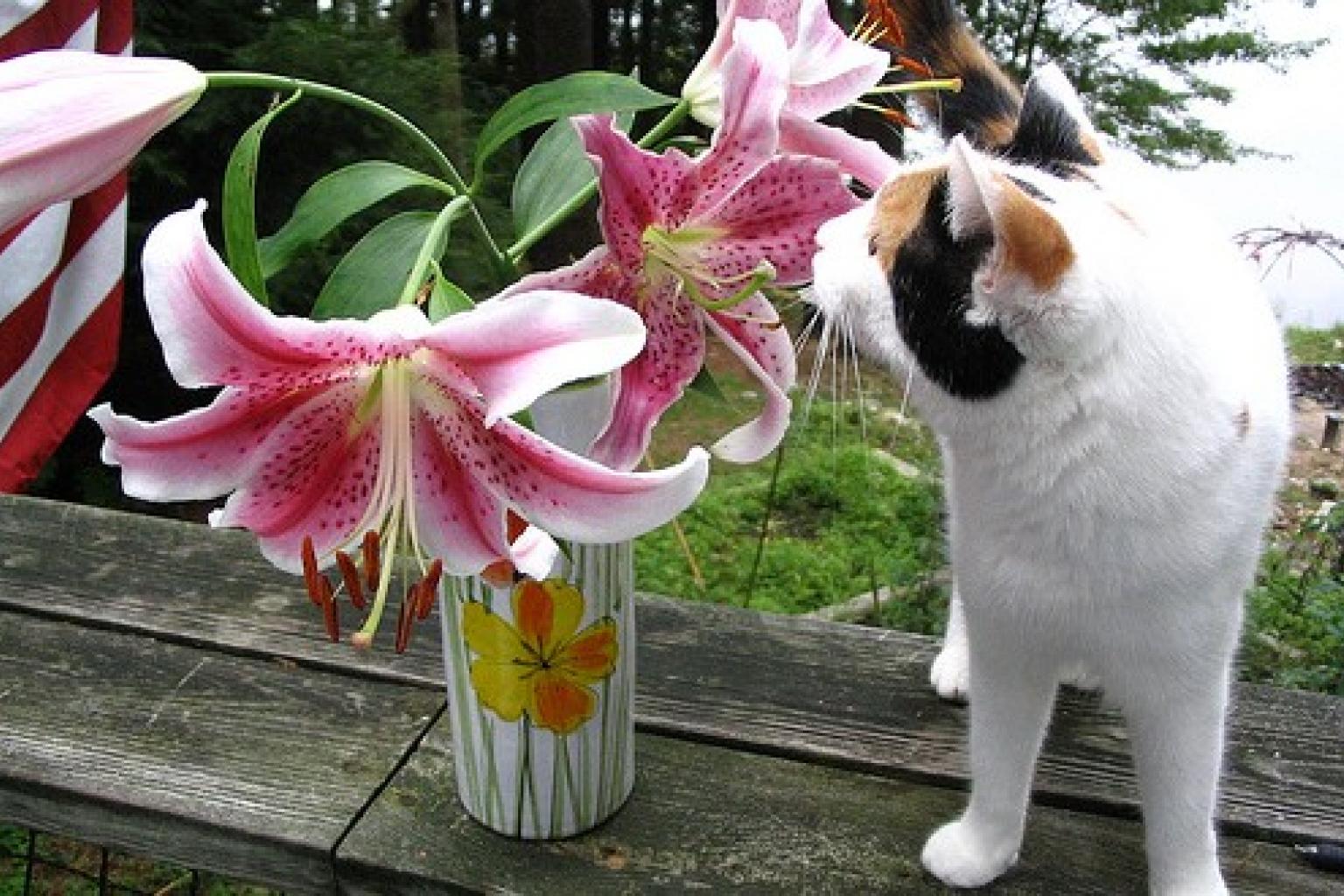
Philodendron
Toxic Plant: Philodendron
Safe Alternative: Friendship Plant (Pilea)
Philodendrons contain insoluble calcium oxalates, which can irritate a cat’s mouth and digestive system. Swap it for a Friendship Plant, also known as Pilea, for a pet-safe option that’s equally vibrant and easy to care for.
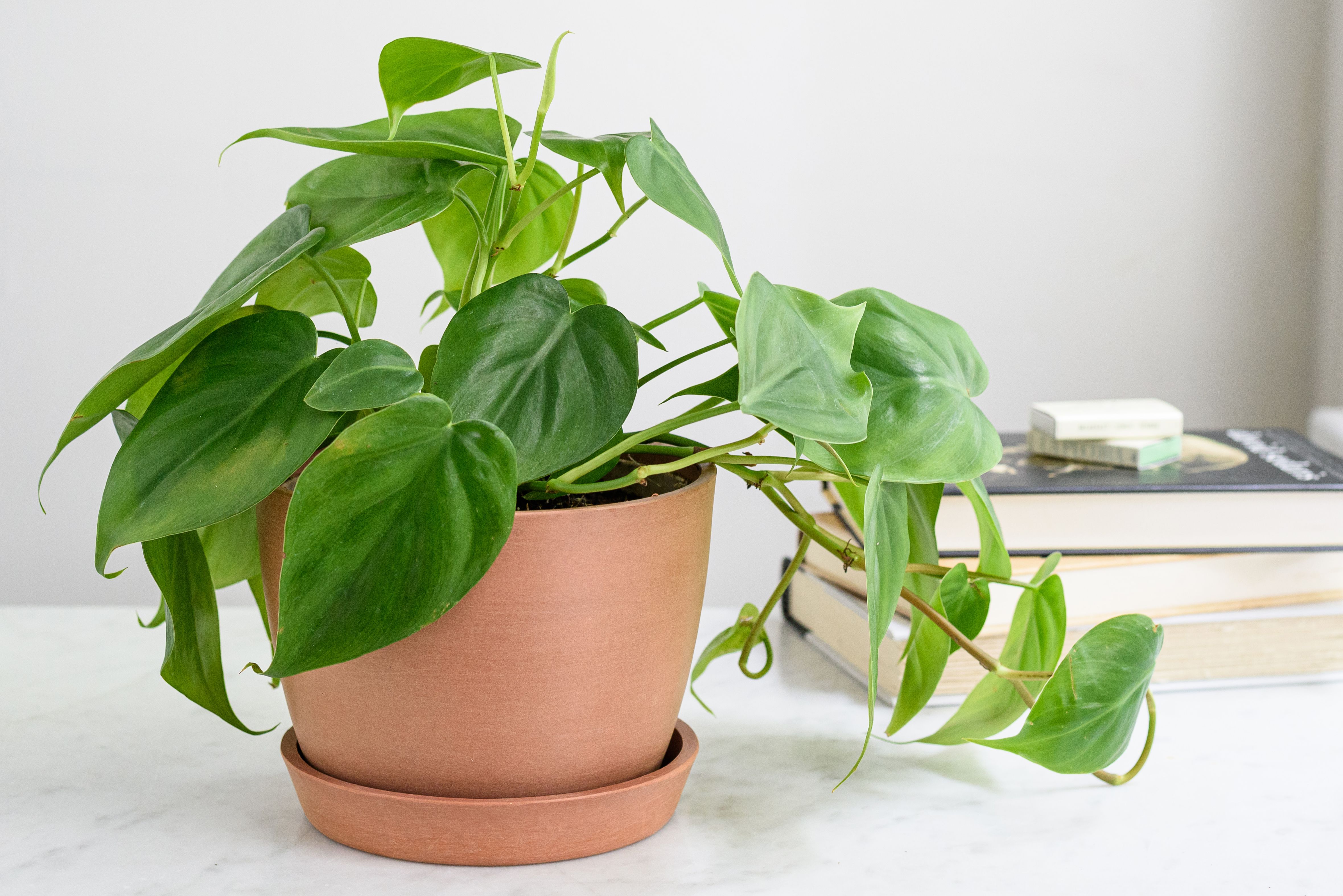
Dieffenbachia
Toxic Plant: Dieffenbachia
Safe Alternative: Boston Fern
Dieffenbachia, with its striking foliage, conceals insoluble calcium oxalate crystals capable of causing oral irritation and discomfort in cats. While not typically lethal, exposure to this plant can provoke distressing symptoms, necessitating its exclusion from homes shared with feline companions.
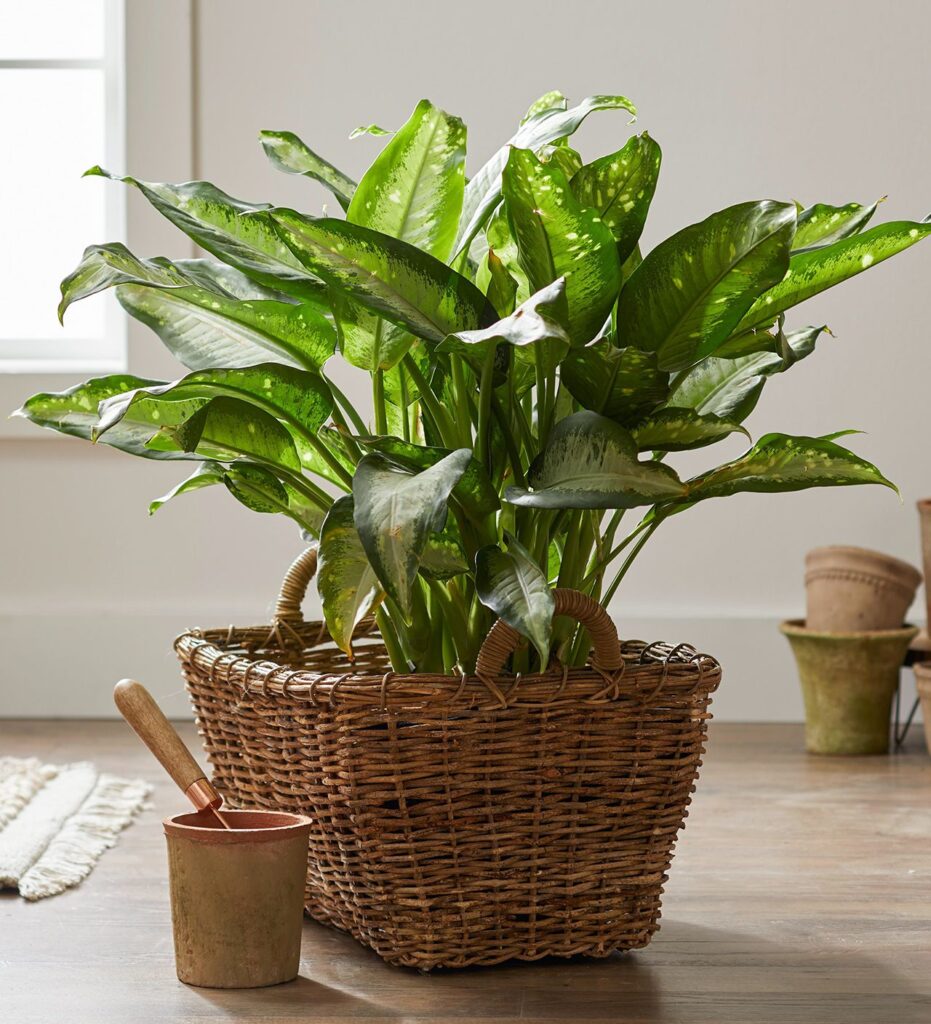
Pothos
Toxic Plant: Pothos
Safe Alternative: Parlor Palm
Pothos, also known as Devil’s Ivy, contains insoluble calcium oxalates like Philodendron, posing a similar risk to cats. Opt for a Parlor Palm for a pet-friendly alternative that adds a tropical touch to your space.
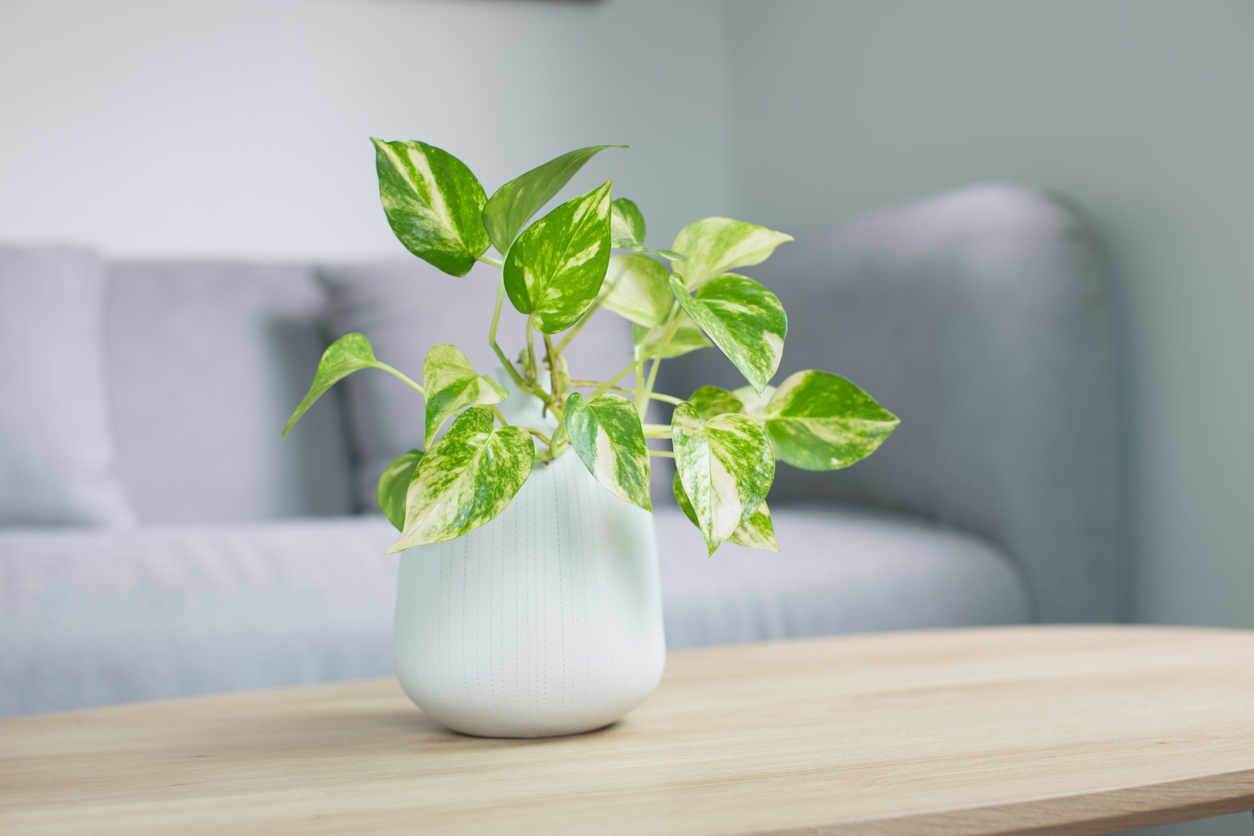
English Ivy
Toxic Plant: English Ivy
Safe Alternative: Baby Rubber Plant (Peperomia)
English Ivy is toxic to cats and can cause symptoms such as vomiting, abdominal pain, and hypersalivation if ingested. Replace it with a Baby Rubber Plant, also known as Peperomia, which boasts thick, succulent-like leaves and is safe for curious kitties.
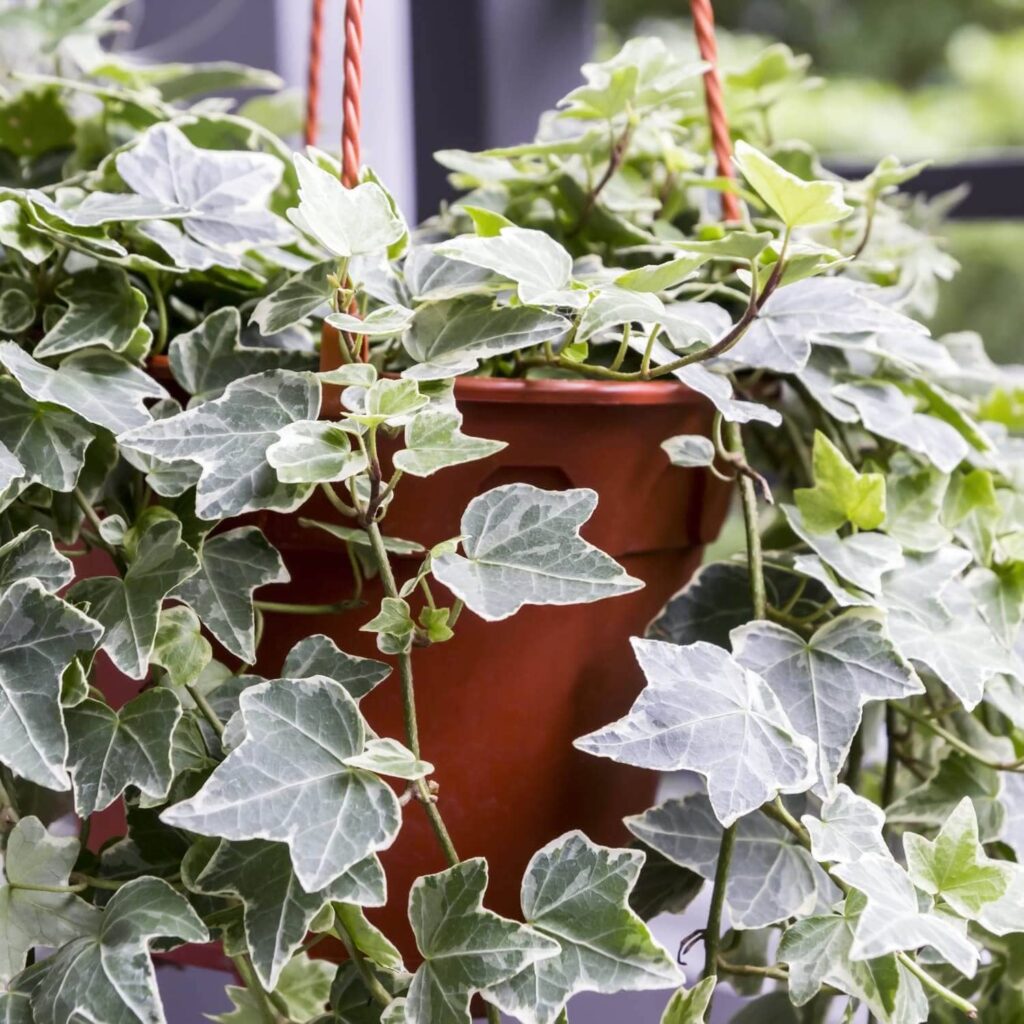
Sago Palm
Toxic Plant: Sago Palm
Safe Alternative: Areca Palm
The aesthetic appeal of sago palms belies their deadly nature, with all parts of the plant containing cycasin, a potent hepatotoxin capable of inducing severe liver damage in cats. Even minute quantities of ingestion can precipitate catastrophic consequences, underscoring the imperative of stringent avoidance measures.
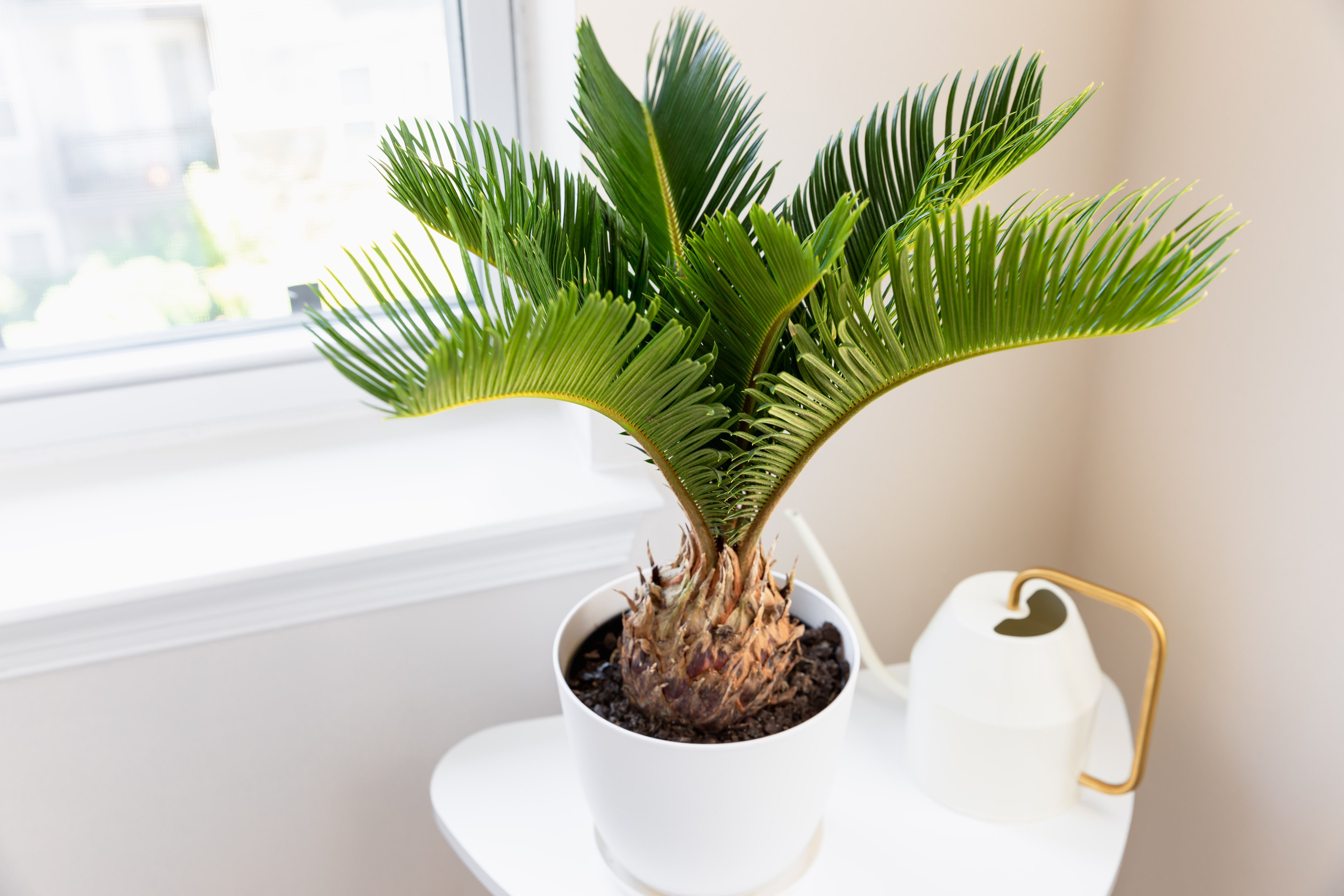
ZZ Plant
Toxic Plant: ZZ Plant
Safe Alternative: Calathea
While ZZ Plants are hardy and low-maintenance, they contain calcium oxalate crystals that can cause oral irritation and vomiting in cats. Opt for a Calathea, which features intricate leaf patterns and is safe for your feline friends to be around.

Jade Plant
Toxic Plant: Jade Plant
Safe Alternative: Haworthia
Jade Plants, popular for their resilience, contain compounds that can cause vomiting and depression in cats if ingested. Consider a Haworthia instead, a striking succulent variety that’s non-toxic and easy to care for.
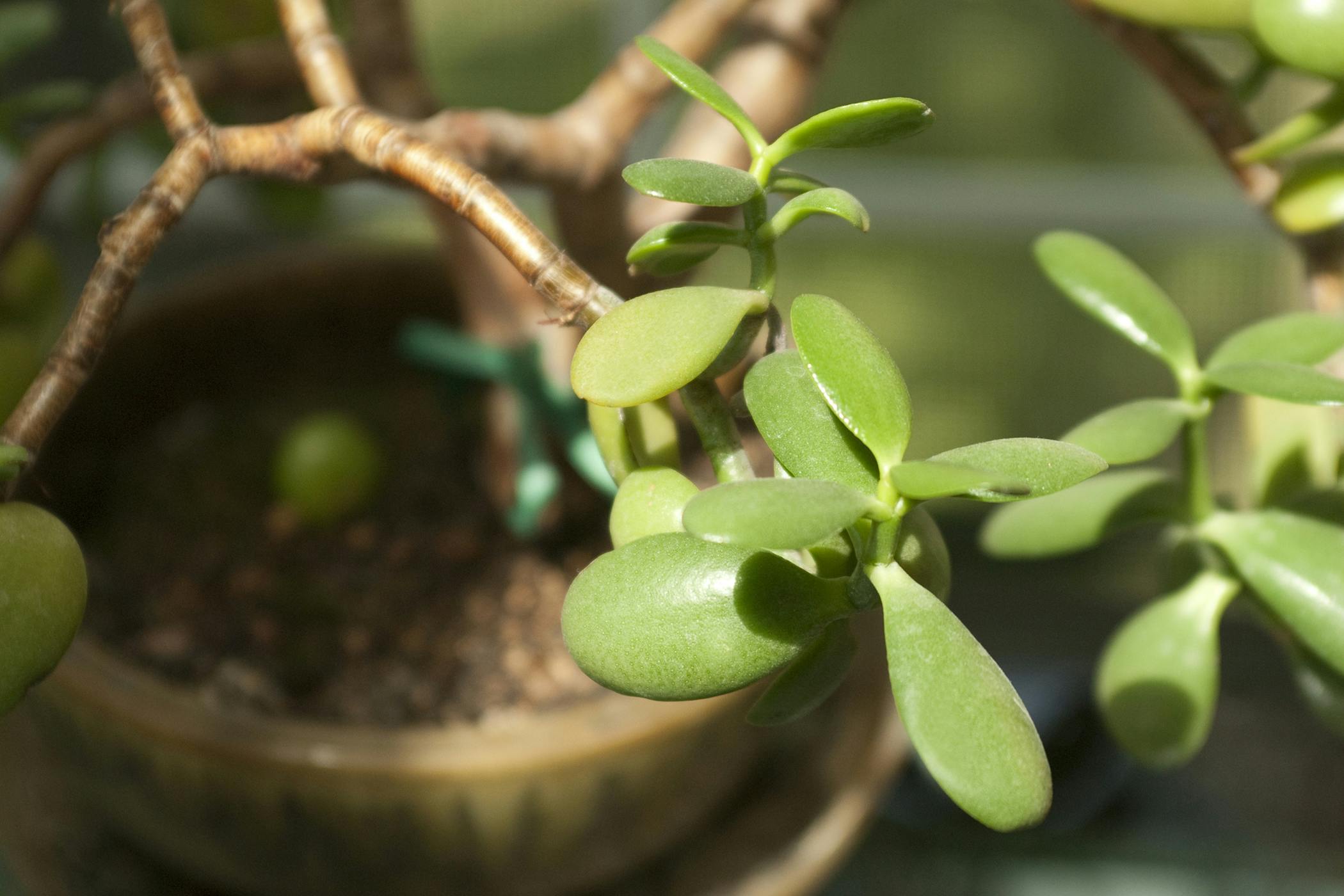
Alocasia
Toxic Plant: Alocasia
Safe Alternative: Peperomia
Alocasia, also known as Elephant Ear, contains calcium oxalate crystals that can irritate a cat’s mouth and throat. Choose a Peperomia for a safe alternative that’s equally eye-catching and pet-friendly.
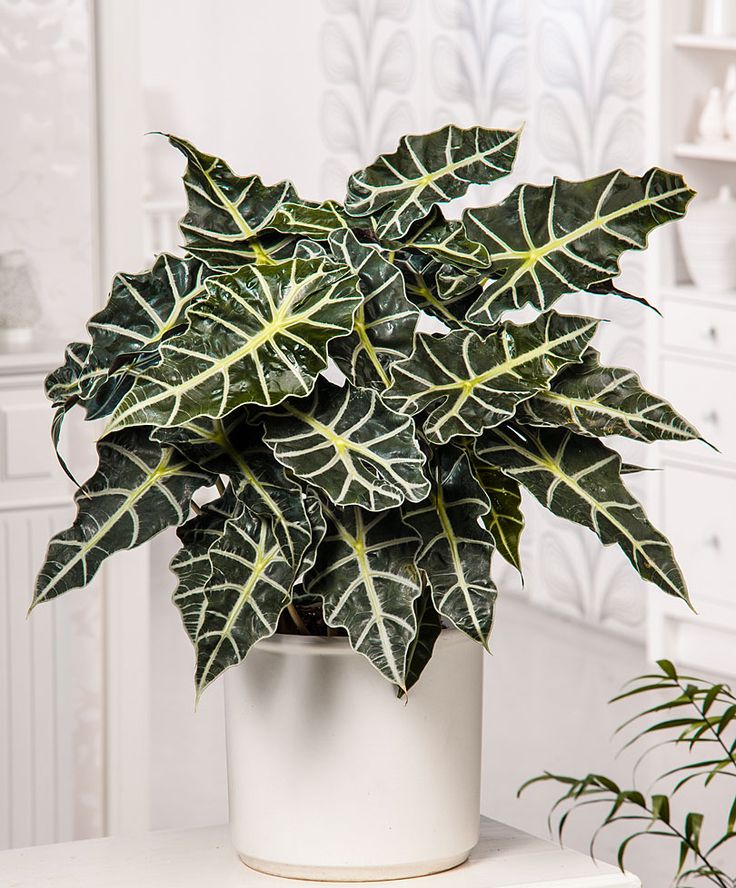
Kalanchoe
Toxic Plant: Kalanchoe
Safe Alternative: Prayer Plant (Maranta)
The allure of kalanchoe is overshadowed by the presence of bufadienolides, compounds capable of eliciting gastrointestinal symptoms and, in severe cases, cardiac abnormalities and seizures. Opt for a Prayer Plant, also known as Maranta, which features stunning foliage patterns and is safe for your feline friends.
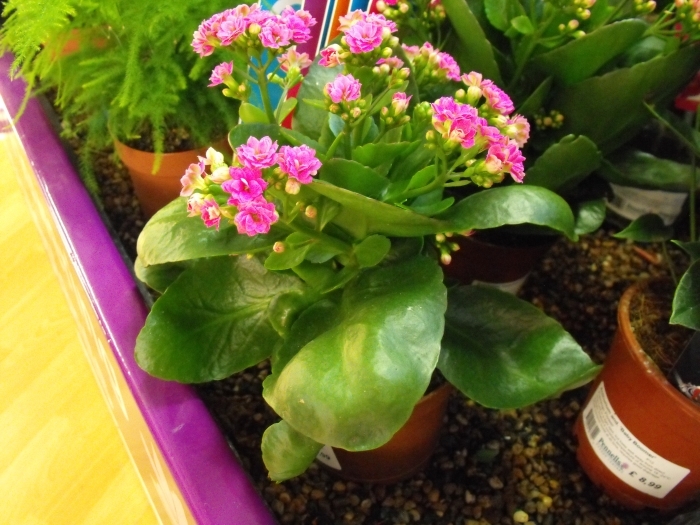
Dracaena
Toxic Plant: Dracaena
Safe Alternative: Cast Iron Plant
Dracaenas are toxic to cats and can cause symptoms like vomiting, drooling, and depression if ingested. Swap it for a Cast Iron Plant, which is robust and easy to care for, making it an excellent choice for pet-friendly homes.
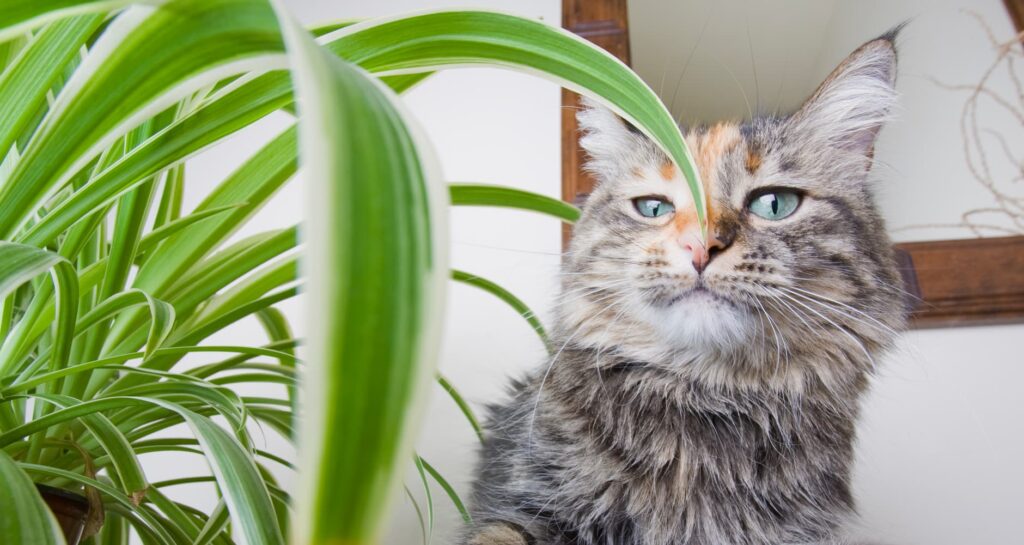
Rubber Plant
Toxic Plant: Rubber Plant
Safe Alternative: Ponytail Palm
Rubber Plants, while stylish and popular, contain compounds that can cause gastrointestinal upset in cats. Choose a Ponytail Palm for a safe alternative that adds a touch of whimsy to your indoor garden.
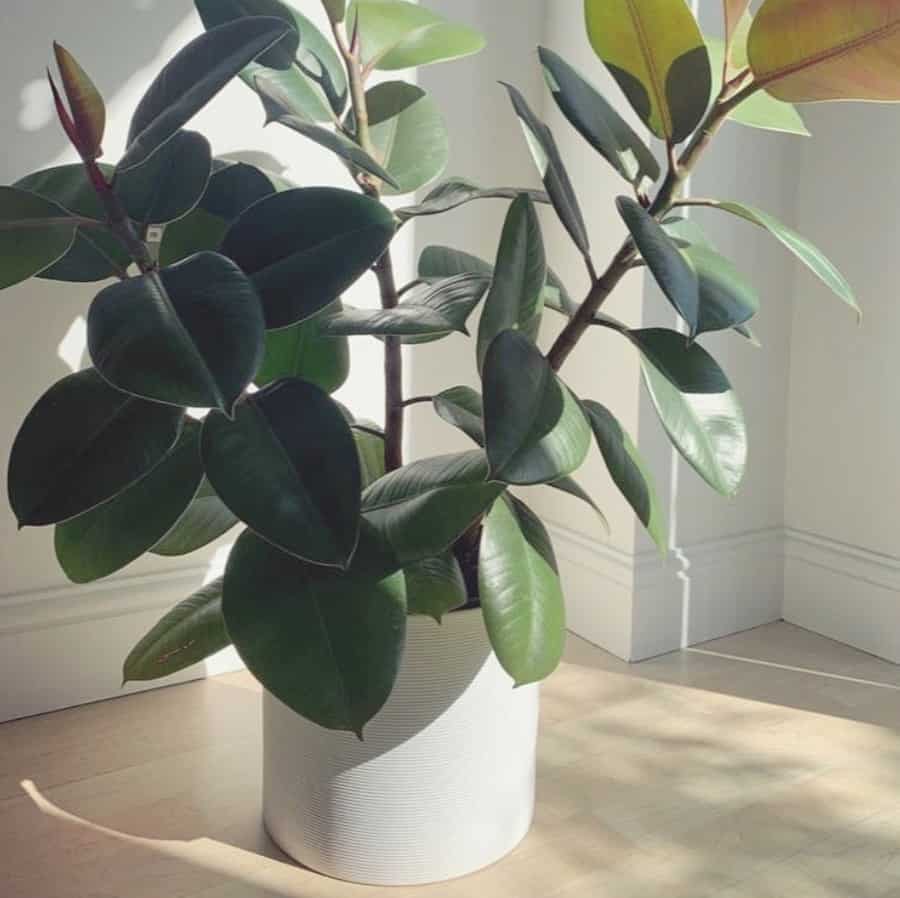
Croton
Toxic Plant: Croton
Safe Alternative: Spiderwort (Tradescantia)
Croton plants are toxic to cats and can cause symptoms like vomiting, diarrhea, and drooling if ingested. Opt for a Spiderwort, also known as Tradescantia, for a safe and colorful alternative that’s sure to brighten up your space.
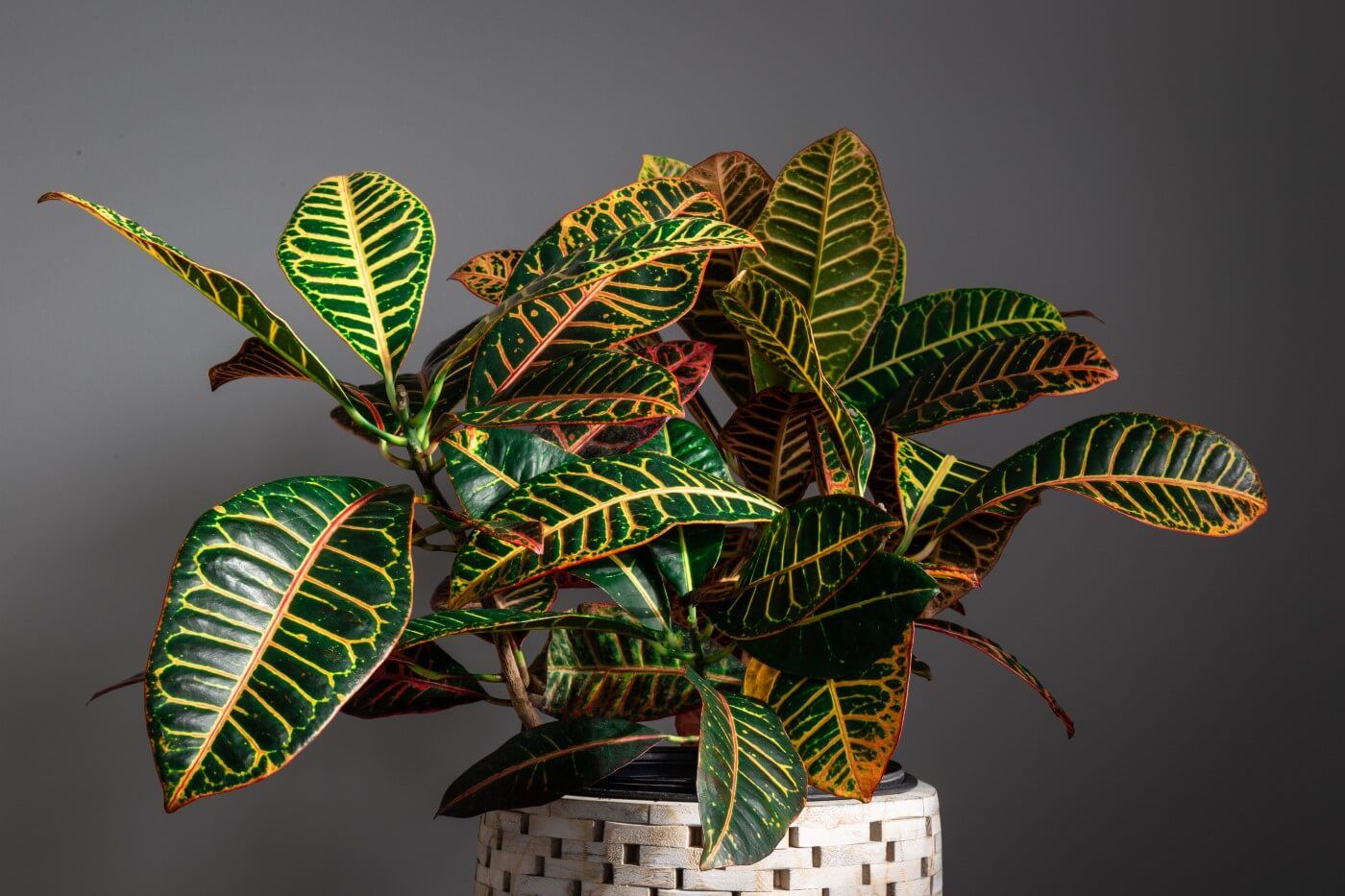
Cyclamen
Toxic Plant: Cyclamen
Safe Alternative: Christmas Cactus (Schlumbergera)
Cyclamen, prized for its vibrant flowers, harbors saponins within its tissues, posing a significant threat to curious cats. While initial symptoms may manifest as gastrointestinal upset, the ingestion of large quantities can precipitate cardiac abnormalities and seizures. Choose a Christmas Cactus instead, a festive and non-toxic option for your indoor garden.
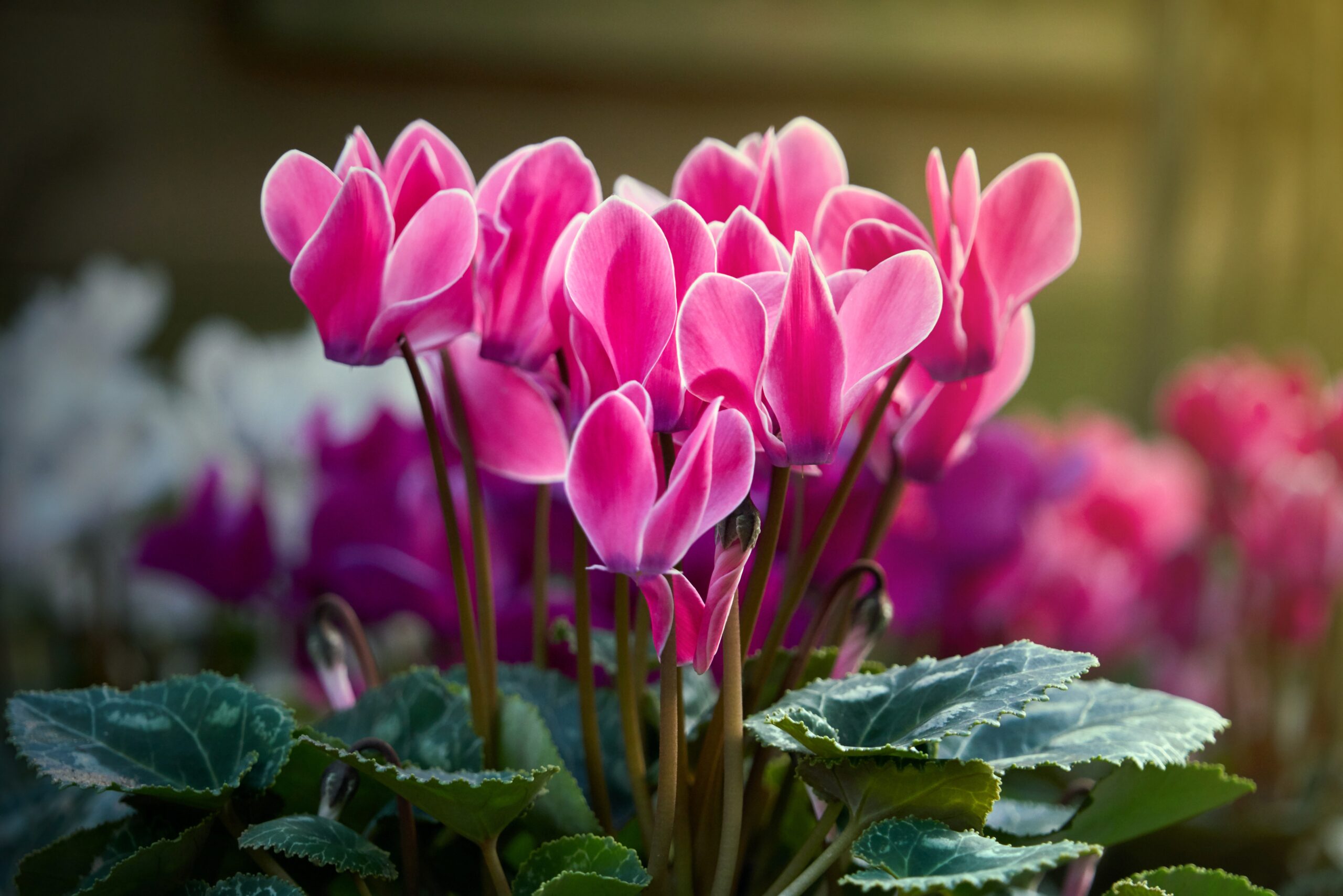
Creating a safe and inviting indoor garden environment for both you and your feline companions is entirely achievable with a bit of careful planning and consideration. By swapping out toxic plants for safe alternatives, such as those suggested for the 15 plants poisonous for cats and suggest safe alternatives For each one in this guide, you can enjoy the beauty of nature without putting your beloved pets at risk. Remember to always research the toxicity of plants before introducing them into your home, and never hesitate to consult with your veterinarian if you suspect your cat has ingested something harmful. With the right precautions in place, you can cultivate a thriving indoor oasis that’s truly purr-fect for everyone!
FAQs
What plant is toxic to cats?
Many plants can be toxic to cats if ingested. Some common examples include lilies, tulips, daffodils, azaleas, and philodendrons. It’s essential to research specific plants before introducing them into a home with cats.
Do cats know not to eat poisonous plants?
Cats may not inherently know which plants are toxic to them. Their curiosity and tendency to explore their environment can lead them to investigate and potentially ingest plants, including ones that are harmful to them. It’s crucial for cat owners to be proactive in keeping toxic plants out of reach.
Are roses toxic to cats?
Roses are generally considered non-toxic to cats. However, the thorns can cause injury if a cat were to chew on them. It’s still essential to monitor cats around rose bushes to prevent any accidents.
Are all plants safe for cats?
Not all plants are safe for cats. Some common houseplants and outdoor plants can be toxic if ingested by cats. It’s essential for cat owners to research plants thoroughly and choose pet-safe varieties to ensure the safety of their feline companions.
What is the most toxic flower to cats?
Lilies, especially those of the Lilium and Hemerocallis species, are among the most toxic flowers to cats. Ingestion of any part of the lily plant, including leaves, flowers, pollen, or even the water from the vase, can cause severe kidney damage and even death in cats.
How do I keep my cat from eating a poisonous plant?
To prevent cats from eating poisonous plants, consider the following measures:
- Research and remove toxic plants from your home and garden.
- Keep toxic plants out of reach, such as placing them on high shelves or using hanging baskets.
- Provide alternative safe plants for cats to chew on, such as cat grass or catnip.
- Supervise cats when they are outdoors to prevent access to toxic plants.
- Use deterrents like bitter-tasting sprays on plants to discourage chewing.
- If you suspect your cat has ingested a toxic plant, seek immediate veterinary care.
